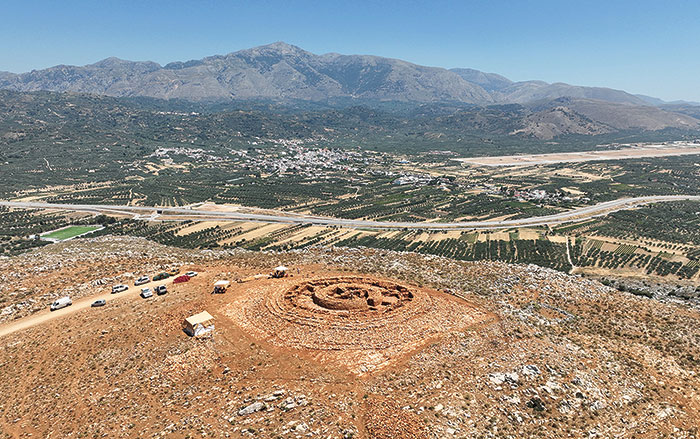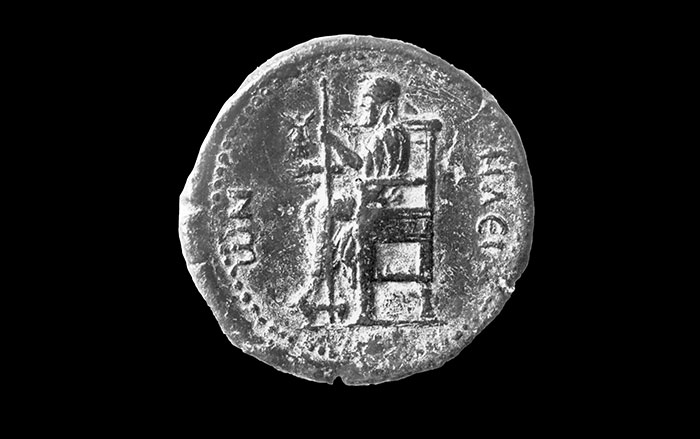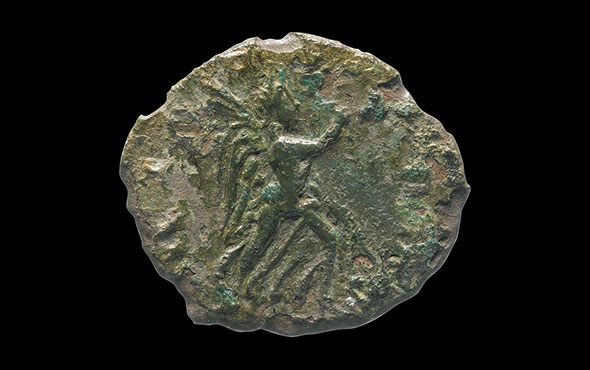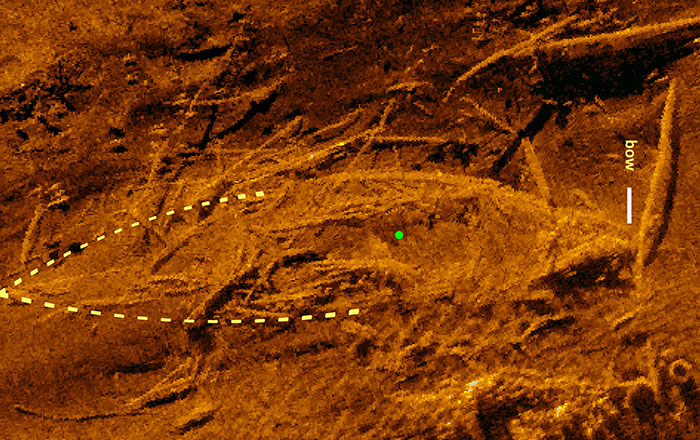ATHENS, GREECE—According to a Science in Poland report, archaeologist Bartłomiej Lis of the British School at Athens was able to track the movement of potters away from the island of Aegina some 3,200 years ago by analyzing pottery uncovered on the island and the areas surrounding the Gulf of Euboea. Lis said that potters working on the island of Aegina characteristically built the walls of their vessels without using a potter’s wheel, and marked their pots with an identifying sign, perhaps because they shared kilns. He also analyzed the chemical composition of the clay used to make the pottery through a technique known as petrography, which allowed him to determine where the clay had originated. Lis suggests that potters left Aegina in two stages over several decades, since pottery typical of that made on Aegina has been found in many places along the Gulf of Euboea, made from local materials. The potters may have left home for political and economic reasons, he explained. “Many of the previously flourishing settlements were deserted, and people apparently moved to safer areas,” Lis said. “In fact, the only trace of these movements are vessels made by potters who were part of these migrations.” To read about the only known female master potter in the ancient Greek world, go to "Breaking the Mold."
Greek Pottery Used to Track Ancient Migration
News October 5, 2019
Recommended Articles

Secrets of the Seven Wonders November/December 2025
Statue of Zeus at Olympia
Greece, fifth century b.c.


Off the Grid September/October 2025
Necropolis of Pantalica, Italy

-
Features September/October 2019
Minaret in the Mountains
Excavations near a 12th-century tower reveal the summer capital of a forgotten Islamic empire
 (Courtesy Minaret of Jam Archaeological Project)
(Courtesy Minaret of Jam Archaeological Project) -
Letter from Lake George September/October 2019
Exploring the Great Warpath
Evidence from forts, hospitals, and taverns in upstate New York is illuminating the lives of thousands of British soldiers during the French and Indian War
 (Jerry Trudell the Skys the Limit/Getty Images)
(Jerry Trudell the Skys the Limit/Getty Images) -
Artifacts September/October 2019
Roman Coin
 (Courtesy MOLA Headland)
(Courtesy MOLA Headland) -
Digs & Discoveries September/October 2019
The Case for Clotilda
 (Courtesy SEARCH inc)
(Courtesy SEARCH inc)



